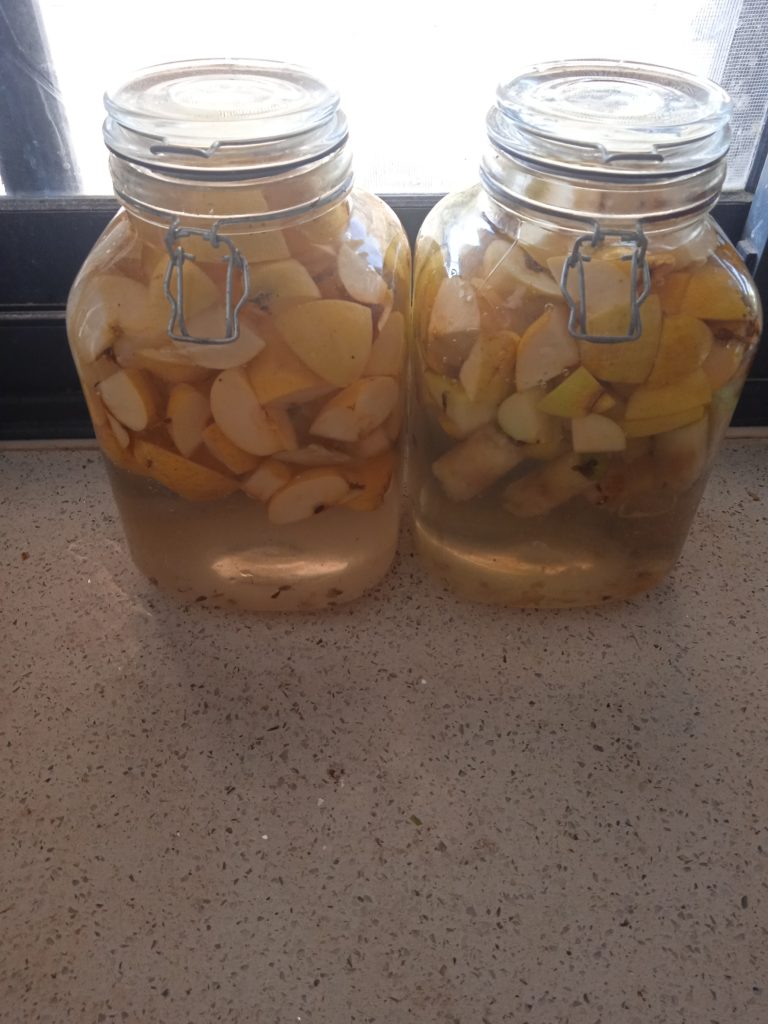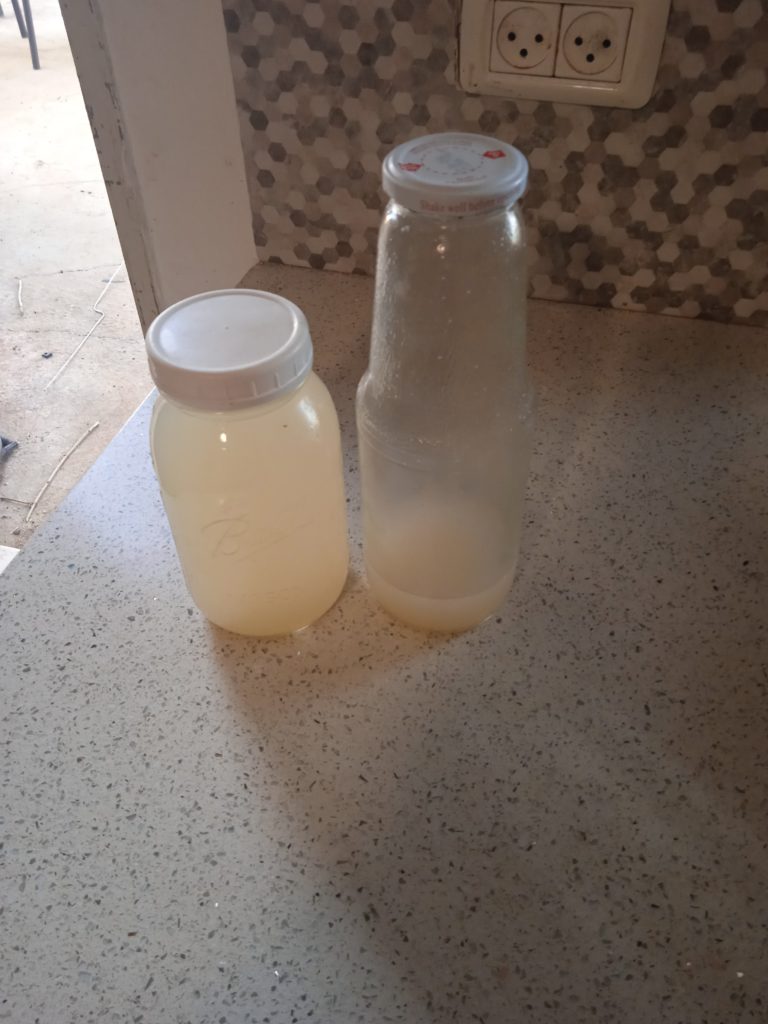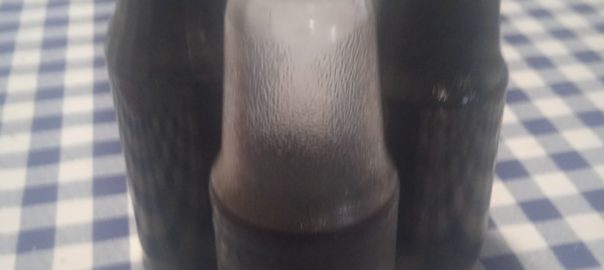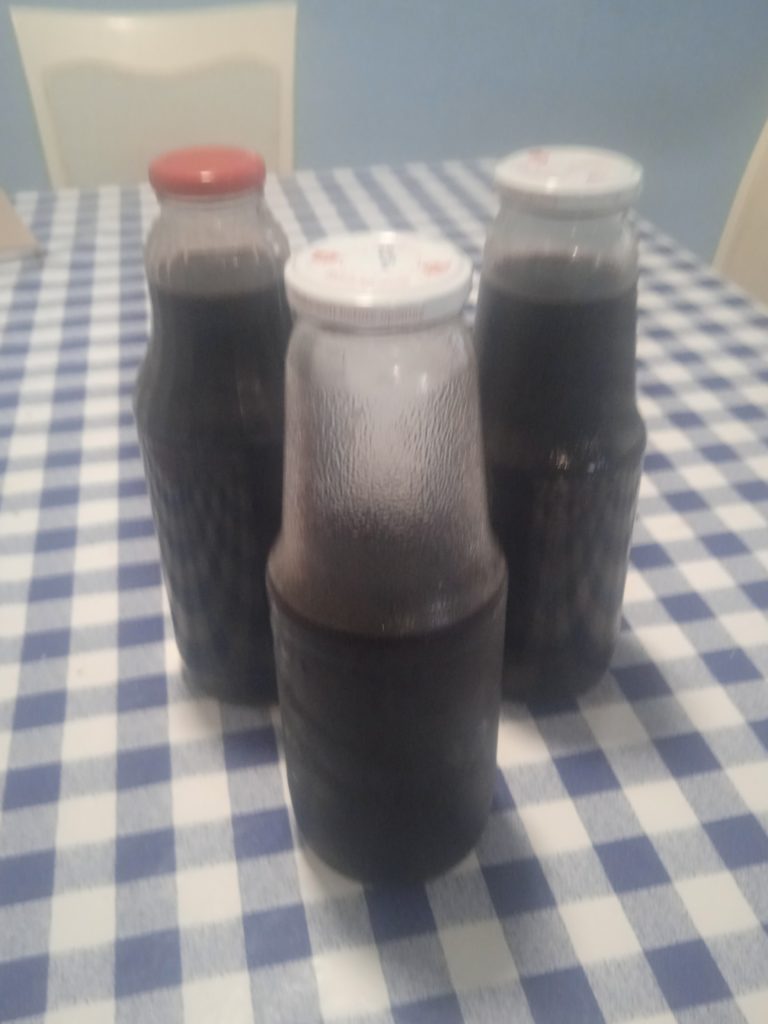Yesterday morning I went to a bris. When the baby cries, the window to heaven is open and it’s an opportune time for prayer. And I prayed for the coming year, that worldwise we experience healing, connection, expansion, safety, and to connect with G-d from a place of abundance (versus suffering).
Then I came home, and read an article that a friend and blog reader sent me regarding the opening of schools on September 1. At times like this I have to work hard not to feel despair at the Orwellian reality that has descended on this world, on this country, that saying the things that were written in this article are considered acceptable.
Background: the Green Pass system states the following: those who have gotten the *poke (explantion of why I use this term below), recovered from the virus or get a negative test result can participate in normative life. Anyone else can live on the edges of society, without being able to work, go to school, or whatever else they’re going to include – they started the process by letting those who met the criteria access cultural events, restaurant dining and the like, but are moving on to limiting access to core needs.
The policies and accompanying coercion are being justified as necessary for the health of society. Is it really about that?
People who got the poke can get the virus. People who got the virus can get it again. People who never got the virus can get the virus. We all know this.
If all those people can catch something and potentially spread it to others, why do two of those groups get a Green Pass, and only one group is barred from inclusion? After all, they are all at risk and they can all potentially put others at risk. Why is it safe for someone in the first two categories to mingle, when they are can also be a carrier of the dreaded disease?
From the article: “[Why should] an unvaccinated student who refuses to be tested should come to school and endanger the other children or the teachers?” he asked. “A sick person should remain at home.”
Does anyone else see the logic that is missing from this assumption? Someone who doesn’t want a test or a poke is not ipso facto sick. A healthy person is not endangering anyone, regardless of what medical procedures he does or doesn’t do. The prevailing narrative has become, get the poke and you’re at no risk and you present no risk. This is factually incorrect. Someone who got the poke isn’t ipso facto healthy, and still has the potential to pass a virus along.
From the article: “If a student refuses to be tested, then obviously he has something to hide. He won’t be vaccinated and also won’t be tested? Maybe the parents want to send him to school so that it’ll be easier for them.”
Every parent sends their child to school because it’s easier for them and they think it’s to the child’s benefit. Obviously, if it wasn’t, they wouldn’t do it. Parents are all sending their kids to school for the same reasons. Why is he sowing suspicion of other parents who have a difference of opinion about the desired course of action? Who does that benefit?
When this article was sent to me, it was with the comment, “Serious breakthrough for homeschoolers.”
I don’t see this as a positive breakthrough of anything. This is a breakdown of a democratic society veering right into totalitarianism.
If someone wants to homeschool, I support that. But to leave parents with no choice but to homeschool, in effect forcing children from school, because they don’t want to comply with very questionable policies that are being passed by a few politicians at 2 am when no one can comment or question them? No. I don’t support that and I certainly don’t celebrate that.
(And if you think that the Ministry of Education is going to approve all these parents who have been forced out of school for homeschooling, you’re greatly mistaken. It’s acceptable for them to drop the ball for over a year on the education of the students they are responsible for, but they aren’t going to be quick to pass the ball to someone else to play with. Make no mistake, they aren’t trying to expand educational options to benefit students, but to force parents into a corner.)
Here’s the paradigm that we’ve all grown up with: if you go along with whatever the government tells you, you’re a good and moral person. If you don’t, you deserve to suffer the full weight of the law. And that makes sense to us, because we see the laws that are passed as something that are necessary for the safety of society, that people who break the law are endangering us.
Is there ever a point that a citizen can question the actions that a government is taking? Has it ever happened that a government has taken actions and imposed policies that weren’t for the well-being of the population they were responsible for?
We’re being told these Green Pass policies are for the safety of society, and as is our habit, we agree that going along with the government decisions is good, that it’s all for our benefit. But what if the presumption that we are working from isn’t accurate? What if the Green Pass system isn’t about public safety, but about forcing compliance? They created a carrot to give to those who did what they wanted, which simultaneously created leverage to discriminate against those who didn’t go along with what was originally a voluntary plan. The result is institutionalized medical segregation.
Is there any point that people can be allowed to have a difference of opinion? Because right now a second class citizenry is rapidly being created, where no benefits will be available to them if they don’t act the way the government demands. We’ve seen how that works. World War II. Communist Russia. China. North Korea. There’s a very long list and it always goes the same way.
Please, please think about where this is going. No matter how strongly you may fear the virus and support these policies, can you take a step back and consider what is happening to the lives of those who feel differently?
Stephen Covey writes, before climbing a ladder, make sure it’s leaning on the right wall. What if we’re climbing a ladder of policies and it’s on the wrong wall, taking us all in the wrong direction?
How successful have all the preventative actions taken been until now, to wipe out the virus?
What if we had helped people eat better, think more positively, destress, feel safe and loved, decreased the financial pressures they felt? What if we had supported immune systems in the many, many ways possible? (That would have included mainstream Western medical options.) Should we continue with policies that are creating enormous ongoing stress for everyone, depressing the immune systems of us all? Should fear and dissension be spread rather than a spirit of working together, of valuing the differences, of assuming good intentions?
Could there have been a different way of handling this situation that might have had more positive outcomes?
The definition of insanity is doing the same things and expecting different results. That’s what is happening. The policies – masking, pokes, lockdowns, arresting those who didn’t comply – didn’t work. Their conclusion? We didn’t do it seriously enough yet, or to enough people.
A mistaken conclusion is never going to bring you the results you want. Let’s hit the child when he doesn’t do what we want. Oh, he’s crying? Hit him harder, that will teach him a lesson. Mainstream thinking is that upping the ante of consequences will make people do what we want.
They can oppress more and more people, create more fear and anxiety. Meanwhile, everyone who falls into line can virtue signal about how they are good and the others are bad. The bad people don’t deserve the benefits of the good people. Unlike the Jews in the Holocaust or the blacks in the pre-civil rights era who suffered from something they couldn’t change, in this case, it’s okay to persecute people because it’s all their fault, they brought it on themselves by their noncompliance.
Blaming the victims is always an effective strategy.
The above approach was never going to work because that’s not how viruses work. Viruses have a natural life cycle, when they surge and when they seem to be gone. They aren’t. They’re just in the down cycle. They don’t go away, they continually mutate and adapt. They’re here to stay.
And whether we like it or not, the world we lived in is gone. It’s never coming back. Now it’s up to us to think about the world we want to create, and how to participate in that. Do you want a discriminatory medical apartheid system to be part of that world?
Avivah
*I’m using the word ‘poke’ as a replacement to something else that will trigger censorship; all recognized substitutes will similarly trigger. I in no way intend it derisively, it’s simply my attempt to find a way to dialogue about issues of the day.






